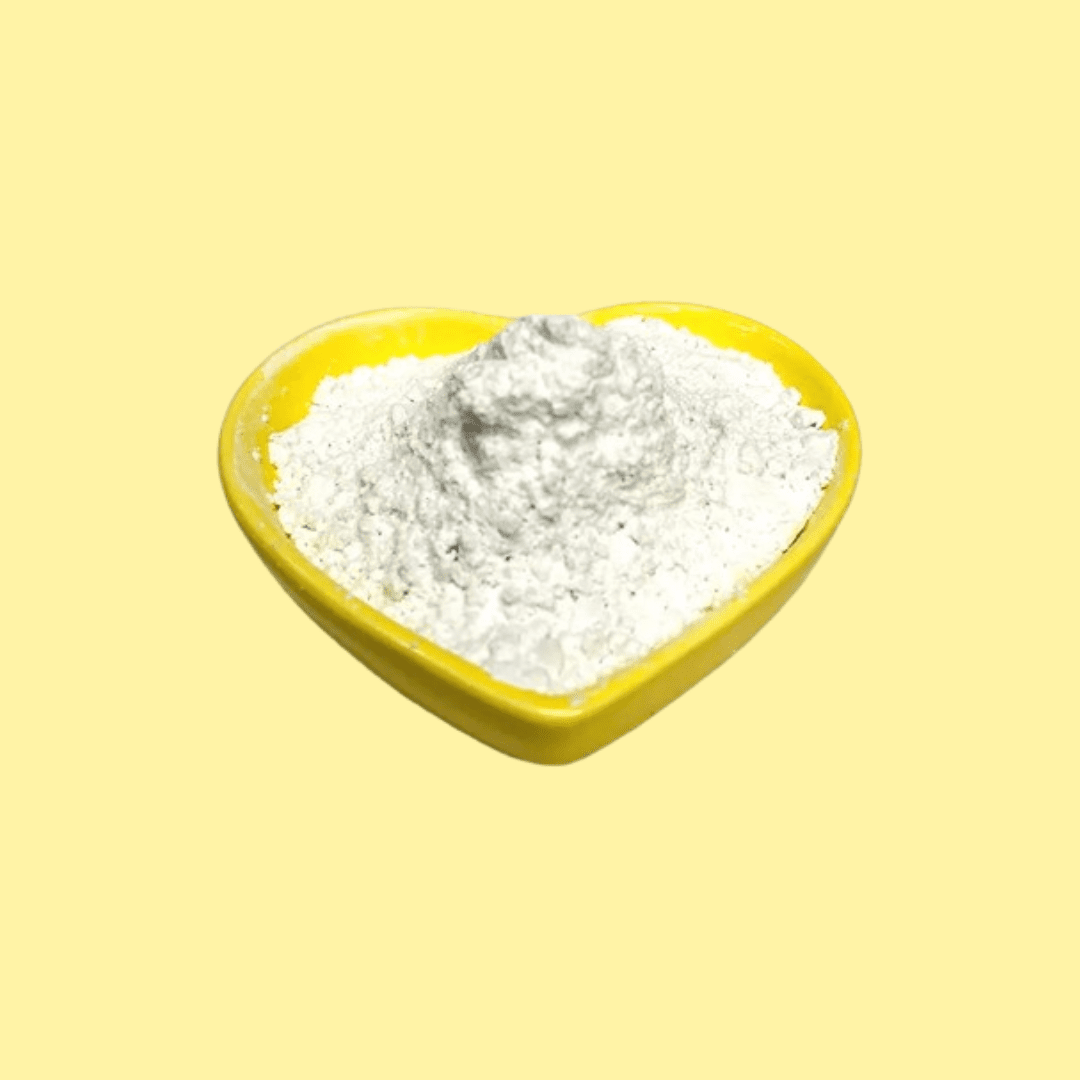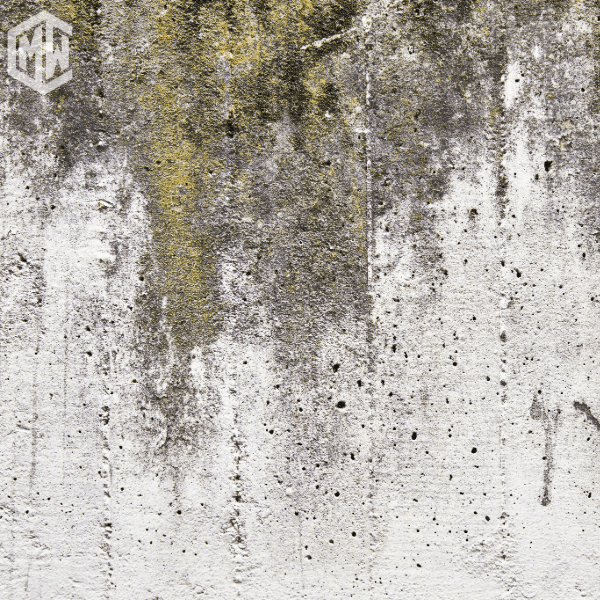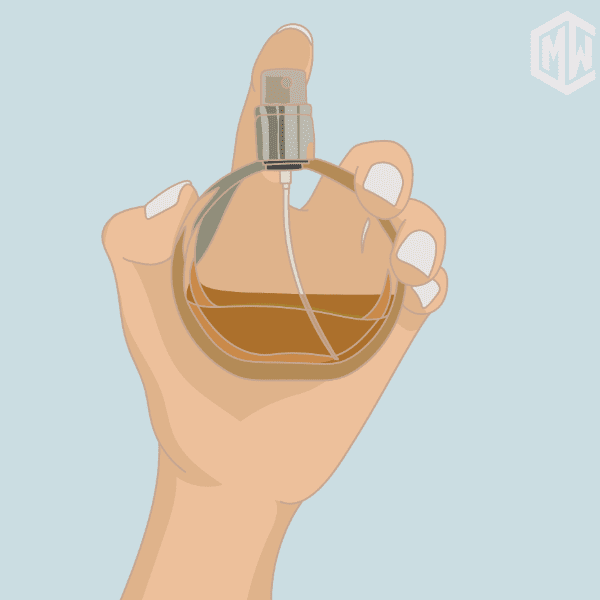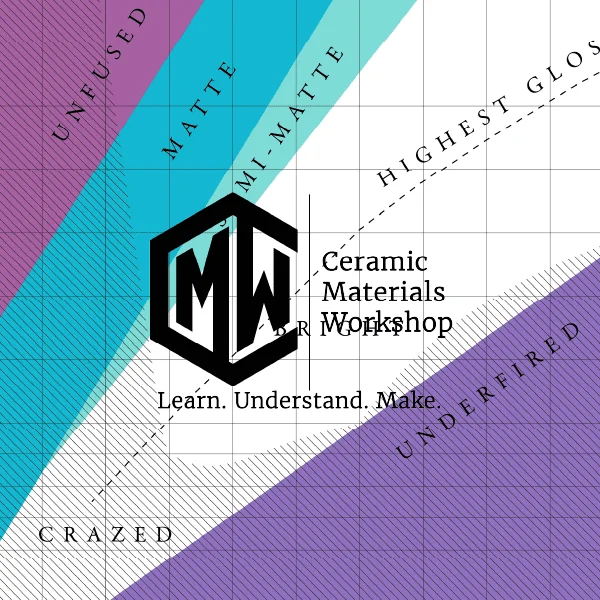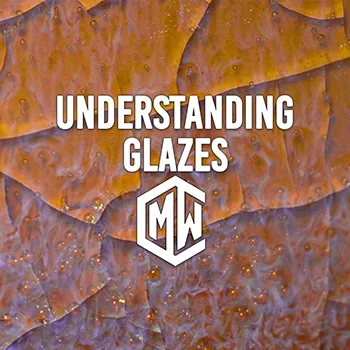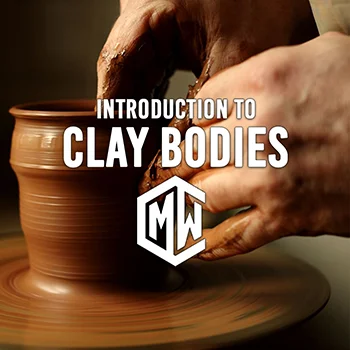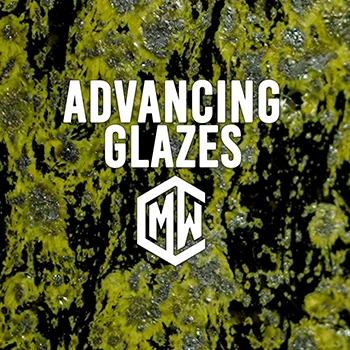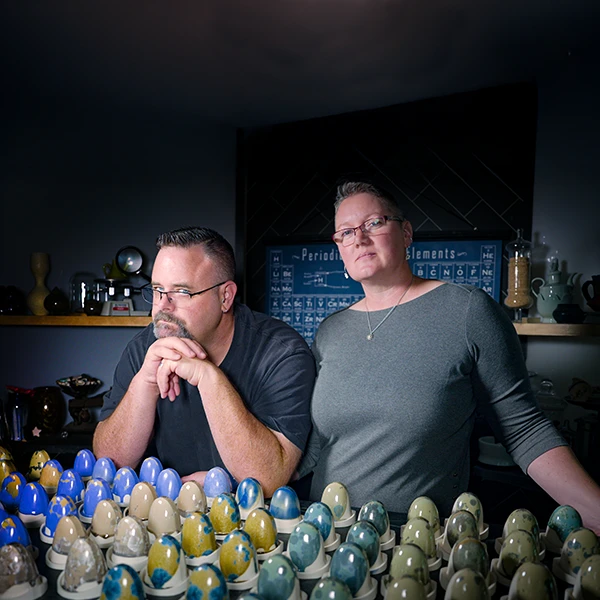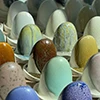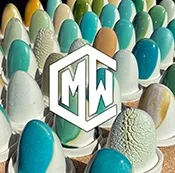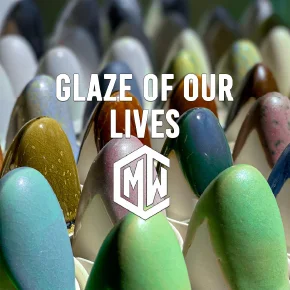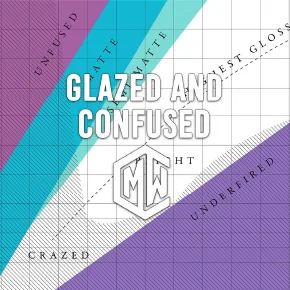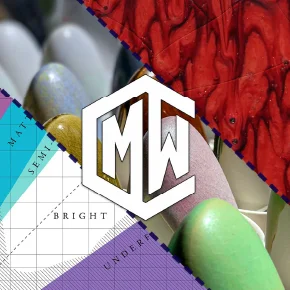In the vast world of ceramics, materials are constantly being explored and re-evaluated for their unique properties. One such mineral that deserves a closer look is wollastonite. Often considered a cost-effective alternative to whiting (calcium carbonate), wollastonite offers a range of benefits in both glazes and clay bodies, though it’s not without its quirks.
Wollastonite is a versatile and potentially valuable material for potters.
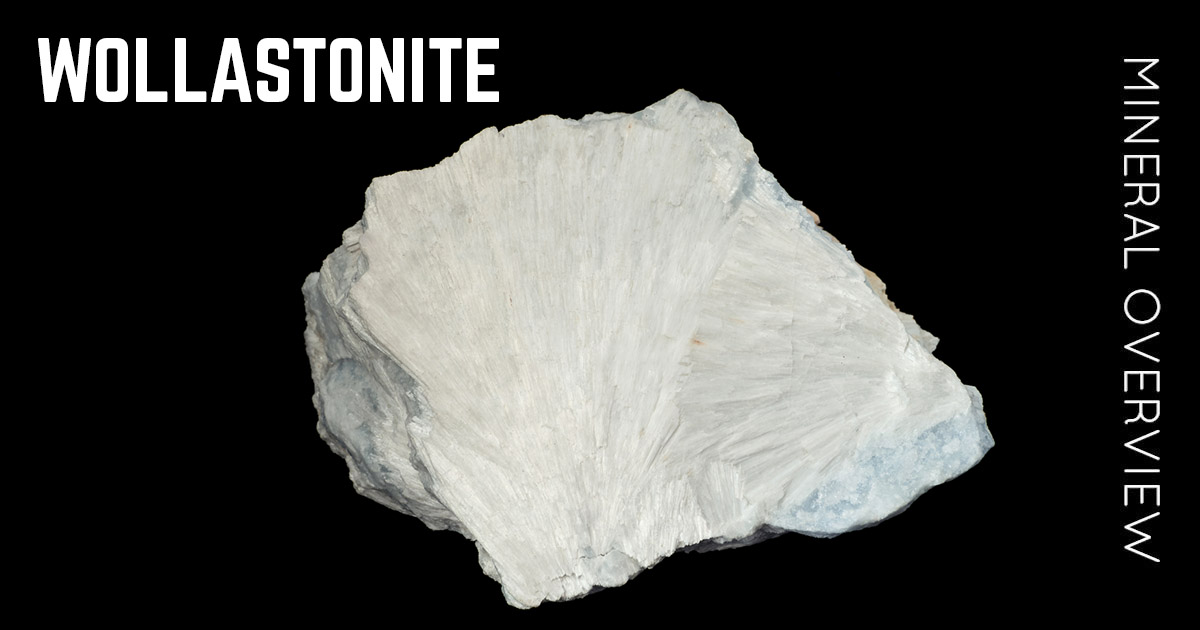
(Image is owned by MineralExpert)
What is Wollastonite?
Wollastonite is a calcium inosilicate mineral (CaSiO3). In ceramics, it’s valued as a source of both calcium and silica, two essential components in many recipes. While it can be used as a substitute for whiting, it’s important to understand the differences in their behavior.
Wollastonite in Glazes: A Double-Edged Sword?
- Cost-Effective Alternative: One of the main draws of wollastonite is its potential to replace whiting, which can be more expensive or less readily available depending on your location.
- Reduced Pinholing: Some potters find that wollastonite helps reduce pinholing (tiny bubbles in the glaze surface), leading to a smoother finish.
- Lower Loss on Ignition (LOI): Unlike whiting, which releases a significant amount of carbon dioxide gas during firing, wollastonite has a much lower LOI. This means less gas is released, potentially reducing glaze defects.
- Manganese Speckling: A potential downside is that wollastonite can contain manganese, an element that can cause speckling in the glaze. This might be desirable in some cases but could be problematic if you’re aiming for a clean, uniform color.
- Melting Differences: Wollastonite melts slightly differently than whiting, which can affect the final appearance and texture of the glaze.
- Can Cause Crazing: If overused, wollastonite can lead to crazing (fine cracks in the glaze surface) due to its effect on thermal expansion.
- Can Make Glazes Runny: As a flux, it can make glazes more fluid, which might be undesirable if you’re looking for a stable, non-running glaze.
(Ceramic Raw Material Wollastonite for Ceramic Glaze from China manufacturer)
Wollastonite in Clay Bodies: Strength and Stability
- Improved Thermal Shock Resistance: Adding wollastonite can increase a ceramic body’s ability to withstand rapid temperature changes without cracking. This is particularly beneficial for items like bakeware or raku pottery.
- Reduced Shrinkage and Cracking: Wollastonite can help minimize drying and firing shrinkage, leading to fewer cracks and a more stable final product.
- Increased Strength: It can contribute to the overall strength of the fired ceramic body.
Important Considerations:
- Test, Test, Test: As with any material substitution, it’s crucial to test wollastonite in small batches to see how it interacts with your specific clay body and glaze recipes. A direct one-to-one replacement for whiting might not always yield the desired results. Be sure to compensate for the materials chemistry in your glaze. It is not a 1to1 substitute for whiting.
- Dust Hazard: Like many ceramic materials, wollastonite dust can be a respiratory hazard. Always wear a respirator when handling the dry powder.
Wait…I want to know more about glazes! CMW’s Blogs have a new search features, see all of CMW’s blogs based on glazes.
The Bottom Line:
Wollastonite is a versatile and potentially valuable material for potters. Its ability to act as a flux, contribute to strength and stability, and offer an alternative to whiting makes it worth exploring. However, its potential to cause speckling in glazes and the need for careful testing mean it’s not a simple “plug-and-play” replacement. With careful experimentation and an understanding of its properties and chemistry, wollastonite’s chemistry can be a powerful tool in the hands of a ceramic artist.
Watch the full Podcast!
For Flux Sake episode 86, How do you make ceramic bakeware?: Have you ever wanted to bake bread in one of your pots? Today the gang answer a listener’s question about the best way to make ceramic bakeware. They also discuss a new trend in environmental design and why using sodium fluxes in clay bodies can cause trouble when reclaiming clay.
For Flux Sake is hosted by Matt and Rose Katz of the Ceramics Materials Workshop along with Kathy King of the Harvard Ceramics Program. Together they answer your burning questions about clay and glaze. In each episode they answer listener submitted questions in a comical, but also insightful way.
This show will have you laughing and learning about glaze chemistry the chemistry behind ceramics in no time. New episodes typically drop every 2 weeks.
Ready to dive deeper?
Loved learning about ceramic glazes? Want to go even deeper? Check out our Workshops & Courses, now available in Spanish, or YouTube Channel where Matt breaks it all down, myth-busting and Stull chart included!


